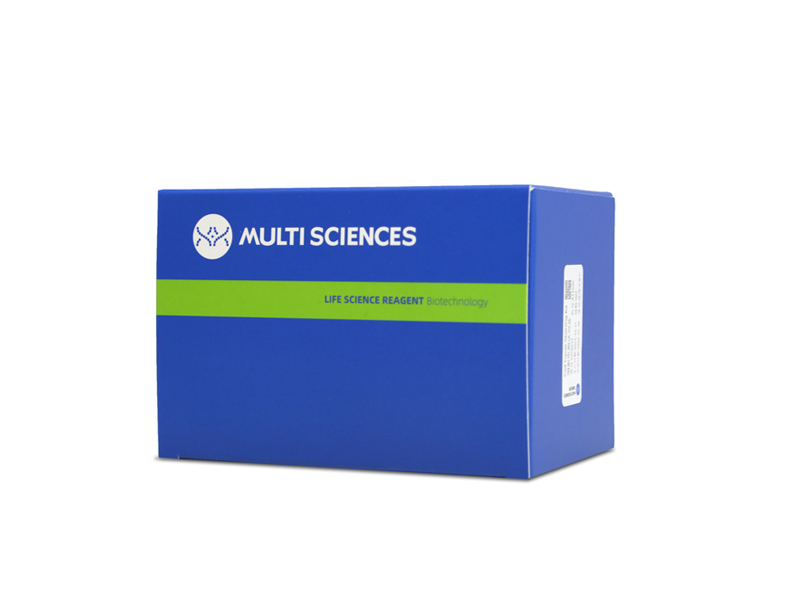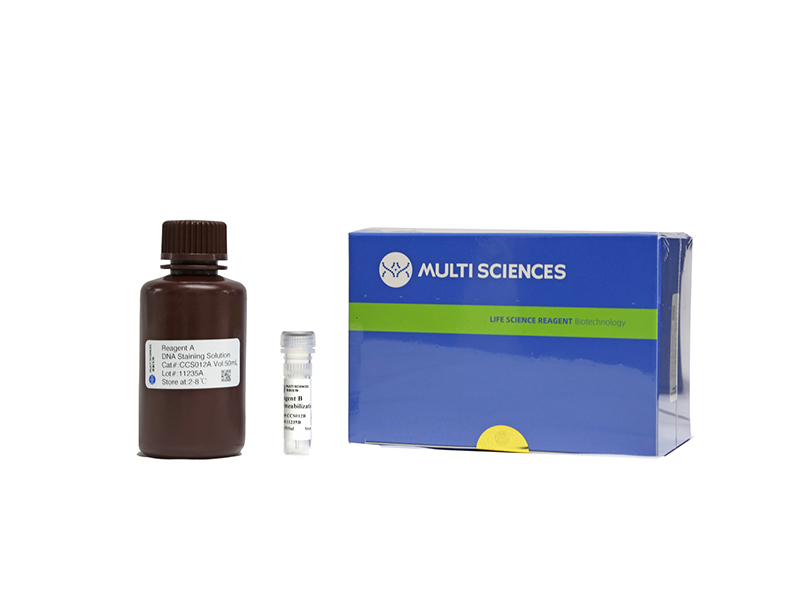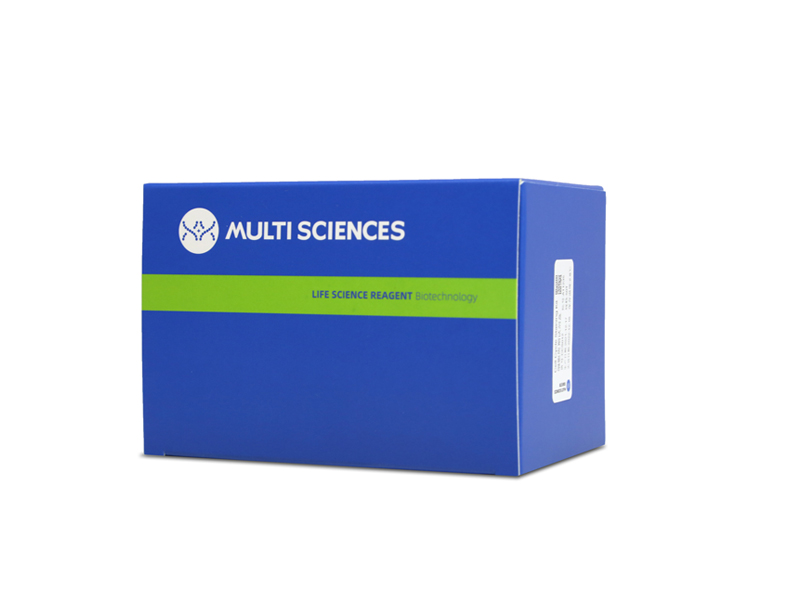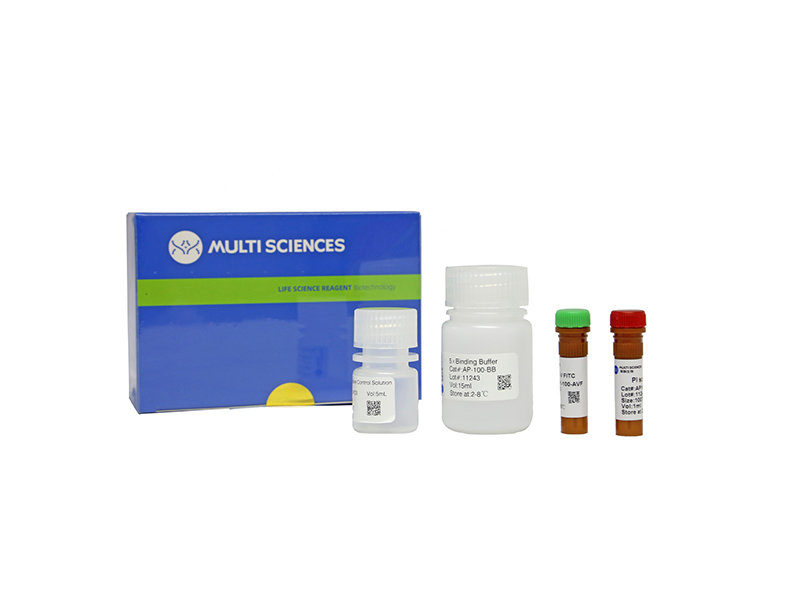Bronchopulmonary dysplasia (BPD) is a serious chronic respiratory disease that predominates in the neonatal period. Currently, efficacious and effective specific treatments are lacking. Mesenchymal stem cells (MSCs) transplantation has emerged as a promising option for treating BPD. However, the lower cell survival rate limits its therapeutic efficacy. Hypoxic preconditioning is a direct and effective strategy for promoting MSCs survival, proliferation, and paracrine secretion in the recipient after transplantation, which is greatly important to tissue engineering. We investigated whether hypoxia-pretreated MSCs (HPMSCs) confer superior benefit in an experimental BPD rat model. Neonatal Sprague-Dawley rats were exposed to 80-85% O2 for 14 days. Before tracheal transplantation, the MSCs were pretreated for 48 h with deferoxamine, a chemical hypoxia-mimicking agent. In vitro, the HPMSCs reduced the apoptosis rare, caspase-3 expression, and reactive oxygen species (ROS) generation and promoted proliferation, hypoxia inducible factor-1α (HIF-1α) expression, VEGF secretion, and human umbilical vein endothelial cell tube formation (p < 0.05). In vivo, the HPMSCs restored alveolar structure and lung function, ameliorated pulmonary hypertension, increased vessel density in the BPD rat model (p < 0.05). This work demonstrates for the first time that HPMSCs could have a markedly improved therapeutic effect in BPD, presenting a new potential strategy for the clinical implementation of stem cell biotechnology.
文章引用产品列表
-
- CCS012 1190 Citations
- 周期试剂盒
Cell Cycle Staining Kit 细胞周期检测试剂盒
- ¥390.00
-
- AP105 324 Citations
- 凋亡试剂盒
Annexin V-APC/7-AAD Apoptosis Kit 细胞凋亡试剂盒
- ¥780.00 – ¥1,860.00





